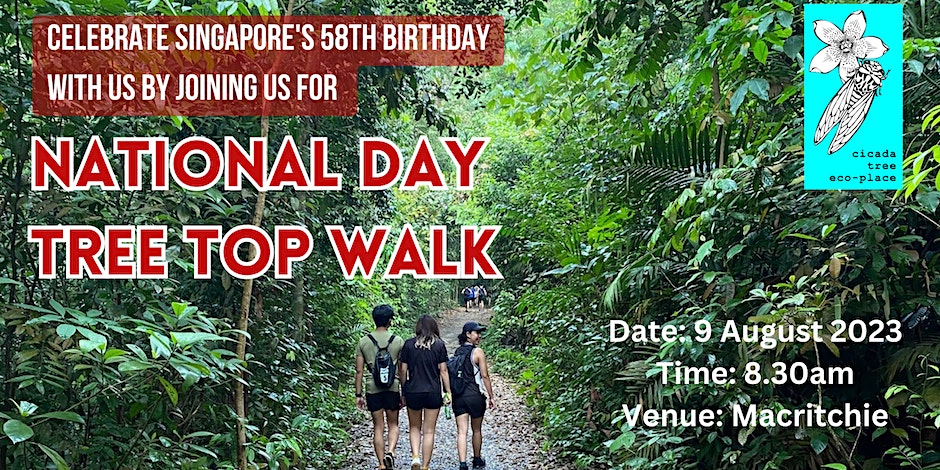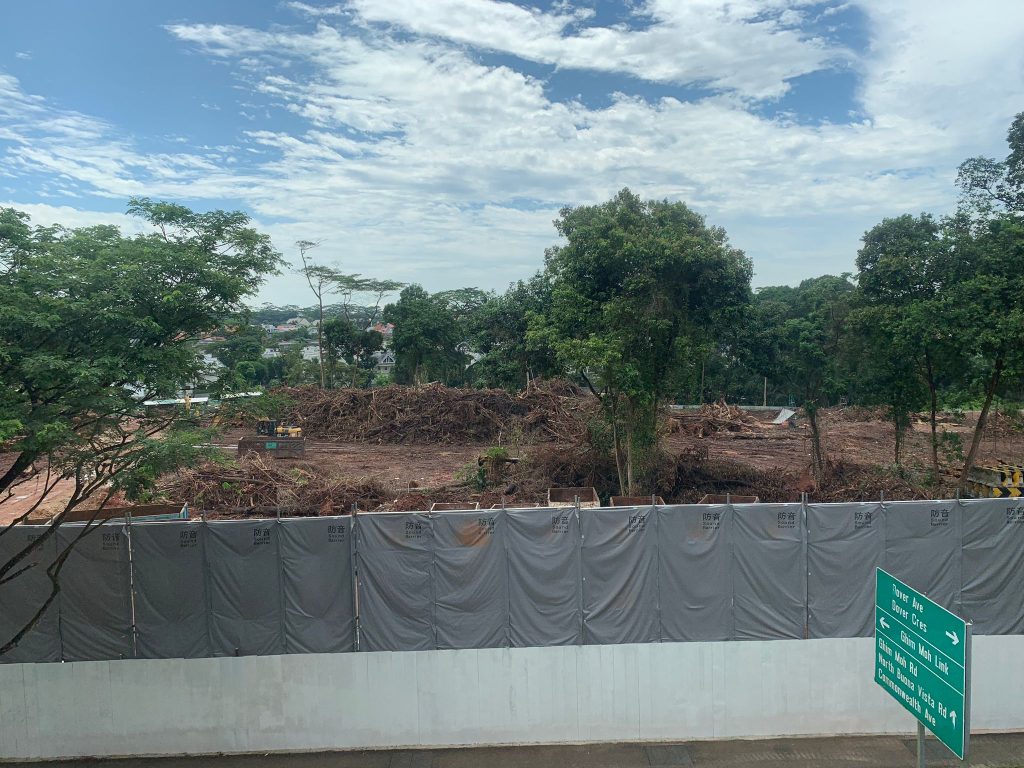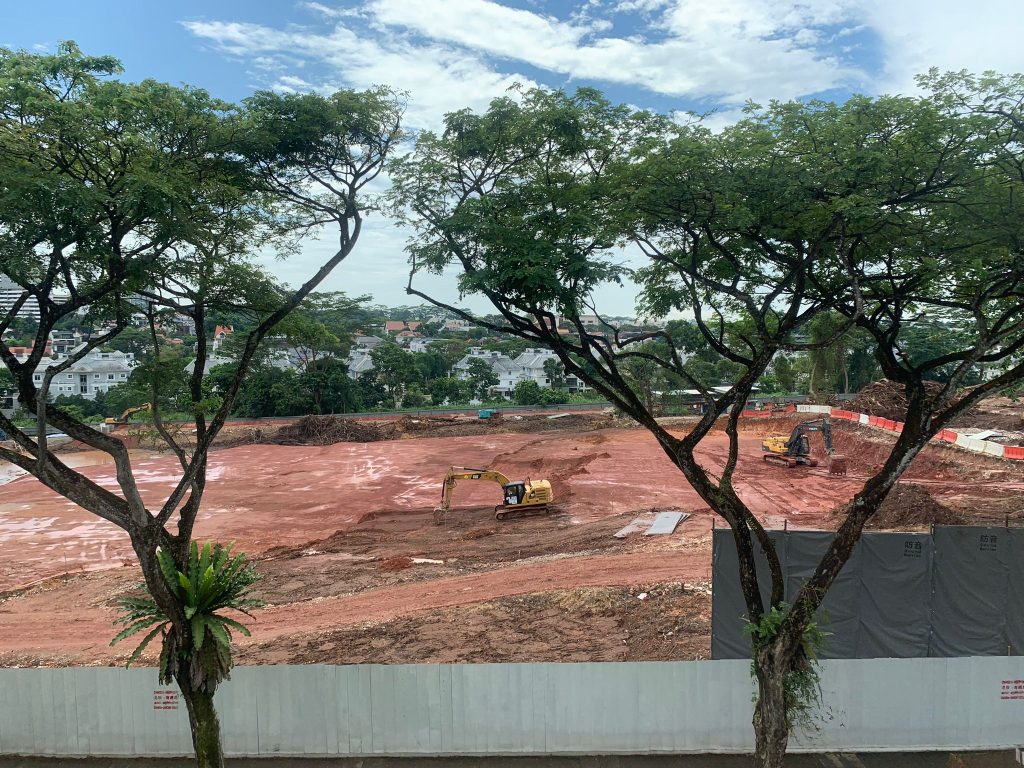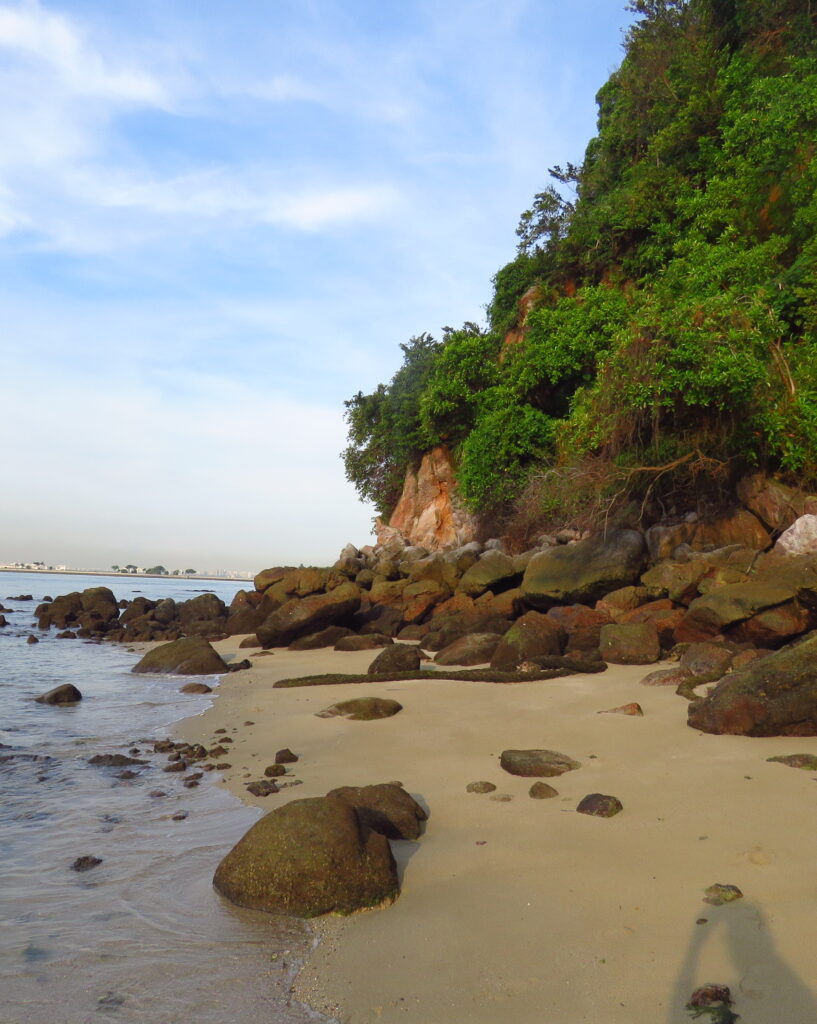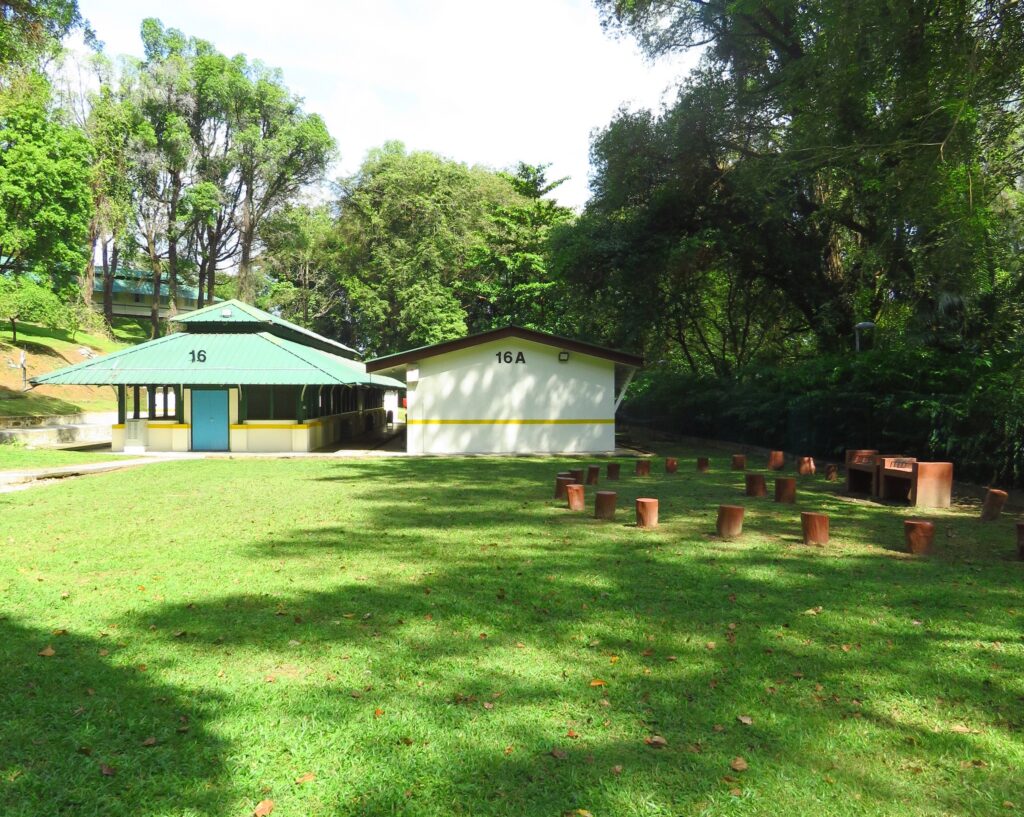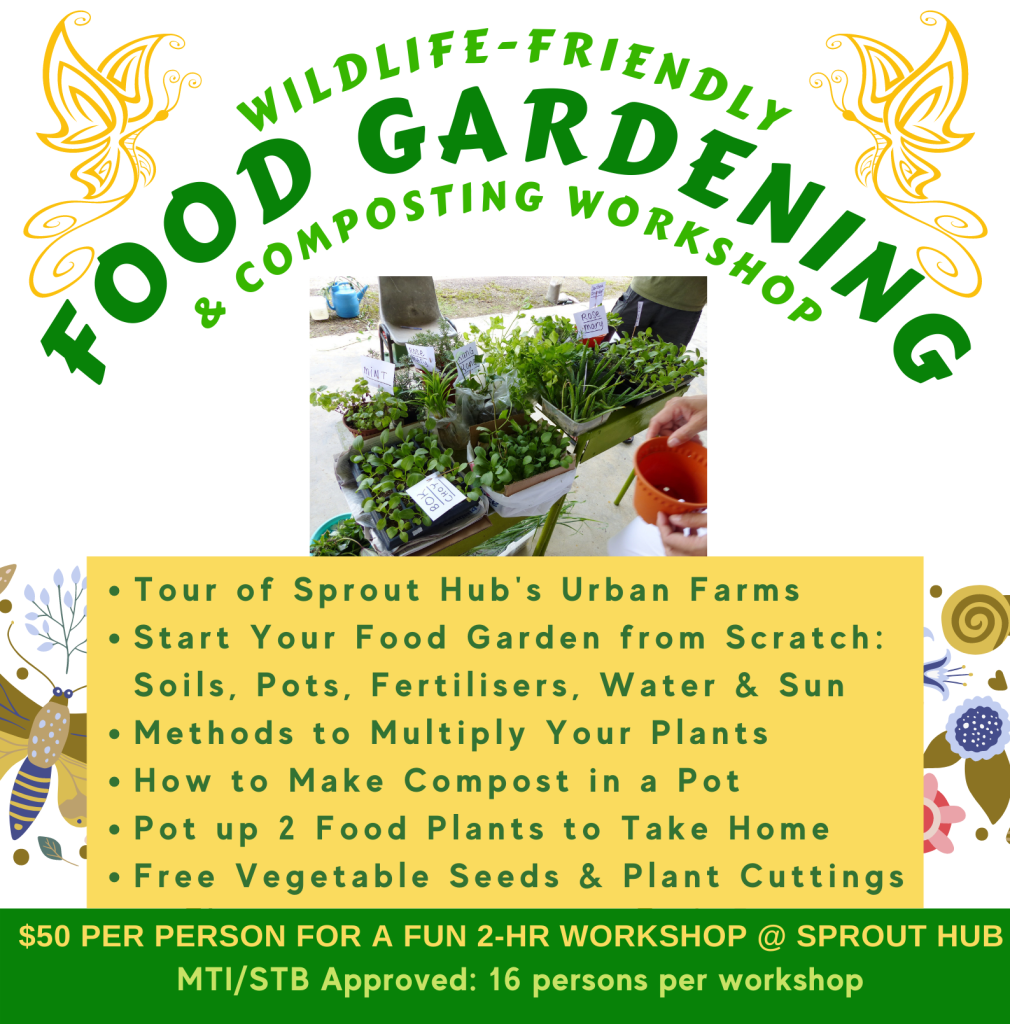
Event: Wildlife-friendly Food Gardening & Composting Workshop Date: Saturday 27 January 2024 Time: 2.00pm to 4.00pm Venue: Sprout Hub @ 102 Henderson Road Cost: S$50 per person (Adult/Child age 7 & above) To register, please email Andrew at: andrewtay.sg@gmail.com
Workshop brief:
Keen to start your own wildlife-friendly food garden from scratch? Have fun tending to your plant babies and watch them become delectable herbs, vegetables and fruits.
If done right, your food garden will also attract beneficial wildlife such as ladybugs, butterflies and birds, adding vibrancy to your garden ecosystem.
This holistic workshop will cover:
- Tour of Sprout Hub’s Urban Farms to look at food plants and how to grow and use them
- Start Your Food Garden from Scratch: Types of potting mix, pots, organic fertilisers and pesticides
- Sunlight and Watering Needs
- Methods to Multiply Your Plants via Cuttings, Seeds, Clump Division and Offset
- How to Make Compost in a Pot
- Participants pot up 2 food plants to take home. All materials provided
- Free Vegetable Seeds (1 Packet) + Free Plant Cuttings
- Experience Sharing: Starting from Scratch & Wildlife Found in a Food Garden


